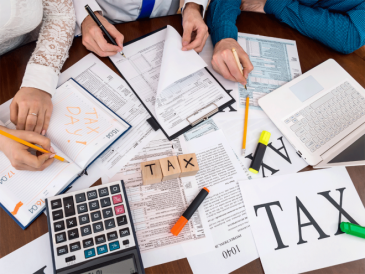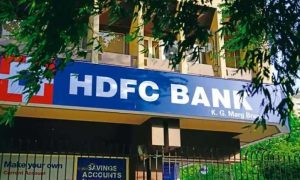As you move towards old age, you want to ensure that your investment is not fraught with risks. It is natural for senior citizens who need their funds to generate constant income without exposure to a volatile market.
It is seen that senior citizens often prefer tax-saving fixed deposits (FDs) to earn interest and claim benefits under the Income Tax Act. Tax-saving FDs are one of the best ways to maximise your returns on investment.
Read More:-PM Kisan 12th instalment: When is next instalment expected? check eligibility
Tax-saving FDs offer attractive interest rates to senior citizens and are designed to meet the investment requirements of risk-averse investors. If you are aged above 60 years, you are eligible to invest in tax-saver senior citizens’ FDs.
One of the most attractive features of this type of deposit is that under Section 80C of the Income Tax Act, 1961, you can claim deductions of up to Rs 1.5 lakh in a financial year. You can also claim a deduction of up to Rs 50,000 on the interest earned on tax-saving FDs under Section 80TTB. Other types of FDs don’t offer this benefit. If you are a senior citizen and want to use your ideal funds to earn returns, you can go for tax-saving FDs. You can earn more interest than savings accounts and recurring deposits in the bank.
Read More:-SC gives finance ministry 30 more days for opening of GST portal
These tax saver FDs have a lock-in period of five years to ensure that you follow financial discipline and don’t withdraw your money in just a few years. You cannot break these FDs prematurely.
It is easy to open a tax-saver FD. You can go to any public or private bank to open your tax-saver FD account. You can open the account individually and jointly as well. It is also important to appoint a nominee or nominees for these investments.
It takes minimal documentation to start your tax-saving FD account. You can discuss with the bank all terms and conditions, additional charges, and tax liabilities before depositing your money. It is also advisable to compare the interest rates of different banks and the services offered before you decide to park your money.
The table below compares the tax-saver FDs’ interest rates of more than 30 private and public sector banks. You can compare and make a decision basis your requirements.
Read More:-Indian Railways: THIS Proposed design of New Delhi Railway Station looks breathtaking






































